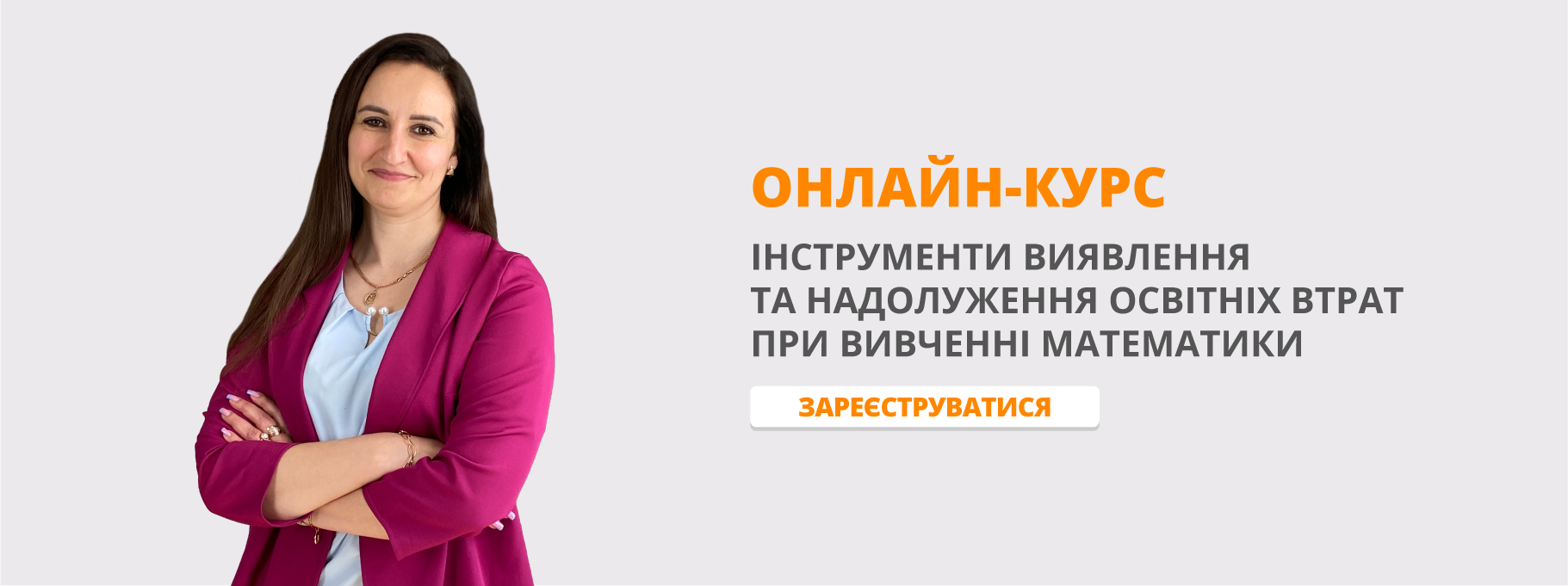Reflection of mood and emotional state.
Reflection of mood and emotional state.
This type of reflection can be carried out both individually and in collective (group) forms. When choosing one or another form of reflection, one must take into account the purpose of the lesson, the content and difficulty of the educational material, the type of lesson, the methods and methods of learning, the age and psychological characteristics of the students.
Here are some work techniques that can be used in class.
The simplest option is to show students cards with the image of three people: cheerful, neutral and sad. Students are invited to choose a picture that matches their mood. Children can also be offered to represent themselves as rays of the sun. At the end of the lesson, give the task of placing the rays in the sun according to your mood. Students approach the board and draw rays.
In our opinion, the reception with different color images is also interesting. Students have two cards: blue and red. They show the card according to their mood at the beginning and end of the lesson. In this case, we can follow how the student's emotional state changes during the lesson.
Effective reception "Bouquet of mood". At the beginning of the lesson, paper flowers are heard by the student: red and blue. A vase is depicted on the board. At the end of the lesson, the teacher says: "If you enjoyed the lesson and learned something new, attach a red flower to the vase, if you didn't like it, a blue flower.You can offer guys a more diverse range of colors: red, yellow, blue. At the end of the lesson, collect flowers in a basket.
The analysis of lessons showed that the use of reflection in English language classes allows to optimize learning management, increase the efficiency and objectivity of the learning process.
The introduction of new approaches that stimulate the study of the English language not only ensures the primary formation of the child's personality, but also the identification and development of his abilities, the formation of skills and the desire to learn. The use of reflective practice in the educational process allows me to build effective and truly intersubjective relationships in the "student-teacher" system. Competently used reflection can become for the teacher both a powerful tool of psychological and pedagogical research, and a means of actualizing one's own personal development, as well as effective "immunization" against professional emotional burnout.

про публікацію авторської розробки
Додати розробку
